When my son was in grade school, he begged to plant a vegetable garden. I thought it was a great idea; it would get him outdoors and get his hands in the dirt. I diligently tilled a patch of our lawn. We planted tomatoes, lettuce, string beans and green peppers. There was only one problem: my kid was a carnivore and quickly lost interest in our homegrown vegetarian fare.
The next summer, the weeds were chest high, so we turned the garden back to grass. In the process, I discovered stringy vine-like roots, which I yanked out with the rest of the tangled mess.
“I hope you were wearing a long-sleeved shirt,” said my husband when I mentioned the roots. “That might be poison ivy.”
“In our lawn?” I replied doubtfully. “I’m not allergic to it anyway.”
A week later, itchy, oozing blisters erupted all over my arms, torso and neck. The plant’s roots, which had laid dormant under our lawn, beaten back by the mower, had given me my first case of “urushiol-induced contact dermatitis”.
Until the rash disappeared, I was the family pariah. No one wanted to get near me for fear of contracting my malady. They needn’t have worried. I would only have been contagious if I had failed to shower after my anti-gardening exploits. (The blisters contain only water.)
How you get the rash without touching the plant is only one misconception about this toxic plant. There are more:
-
Myth #1: Poison ivy and its cousins, poison oak and poison sumac, are the only poison plants in the United States that cause an itchy rash.
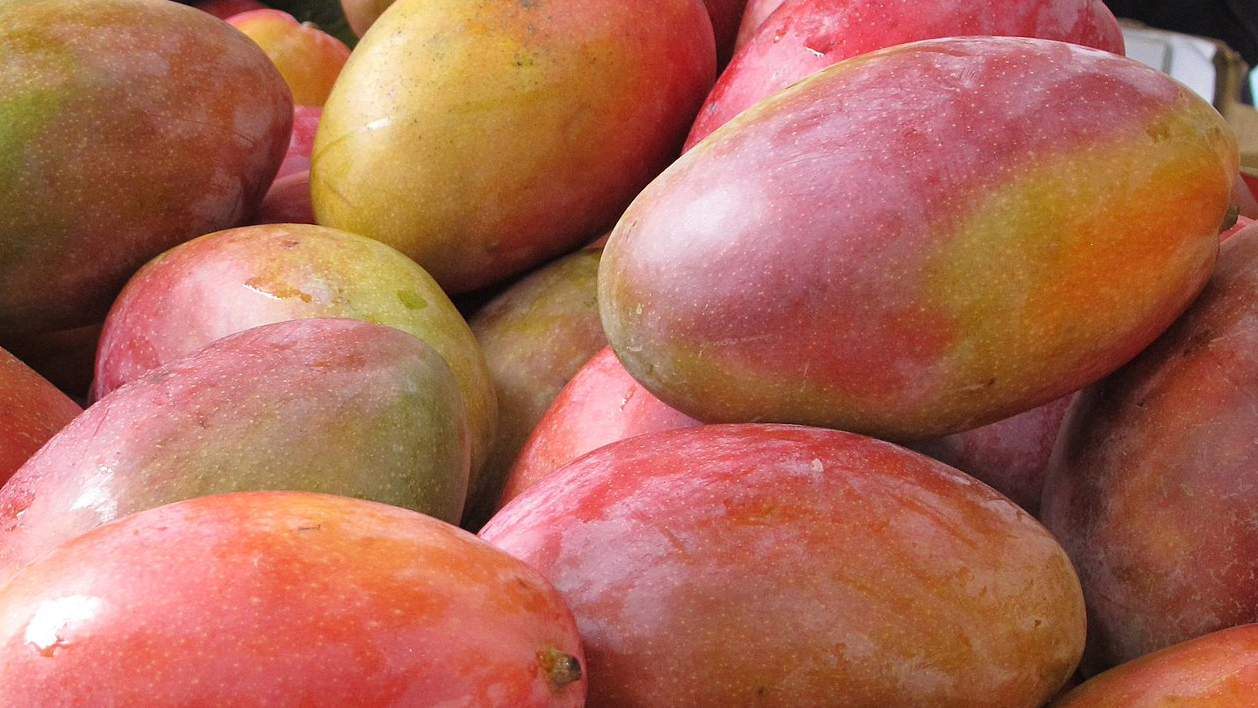
Mangoes in a farmer’s market. By Snapdragon66 [CC BY-SA 4.0] from Wikimedia Commons Poison ivy grows in every state except for Alaska and Hawaii, but you can still get a similar rash in Hawaii if you rub mango skins against your body. You can also get blisters on your lips if you eat the sweet fruit directly off the rind.
Poison ivy and mangoes belong to the Anacardiaceae family. Other plants in this family, such as cashews, also produce a rash-inducing oil. All cashew nuts are shelled and cooked before they arrive at the grocery store, which neutralizes their rash-inducing toxin. Unfortunately, the urushiol oil in poison ivy is resistant to heat.
Interestingly, pistachios, another member of the Anacardiaceae family, doesn’t cause a rash.
-
Myth #2: Animals naturally avoid poison ivy because they sense it’s toxic to touch.
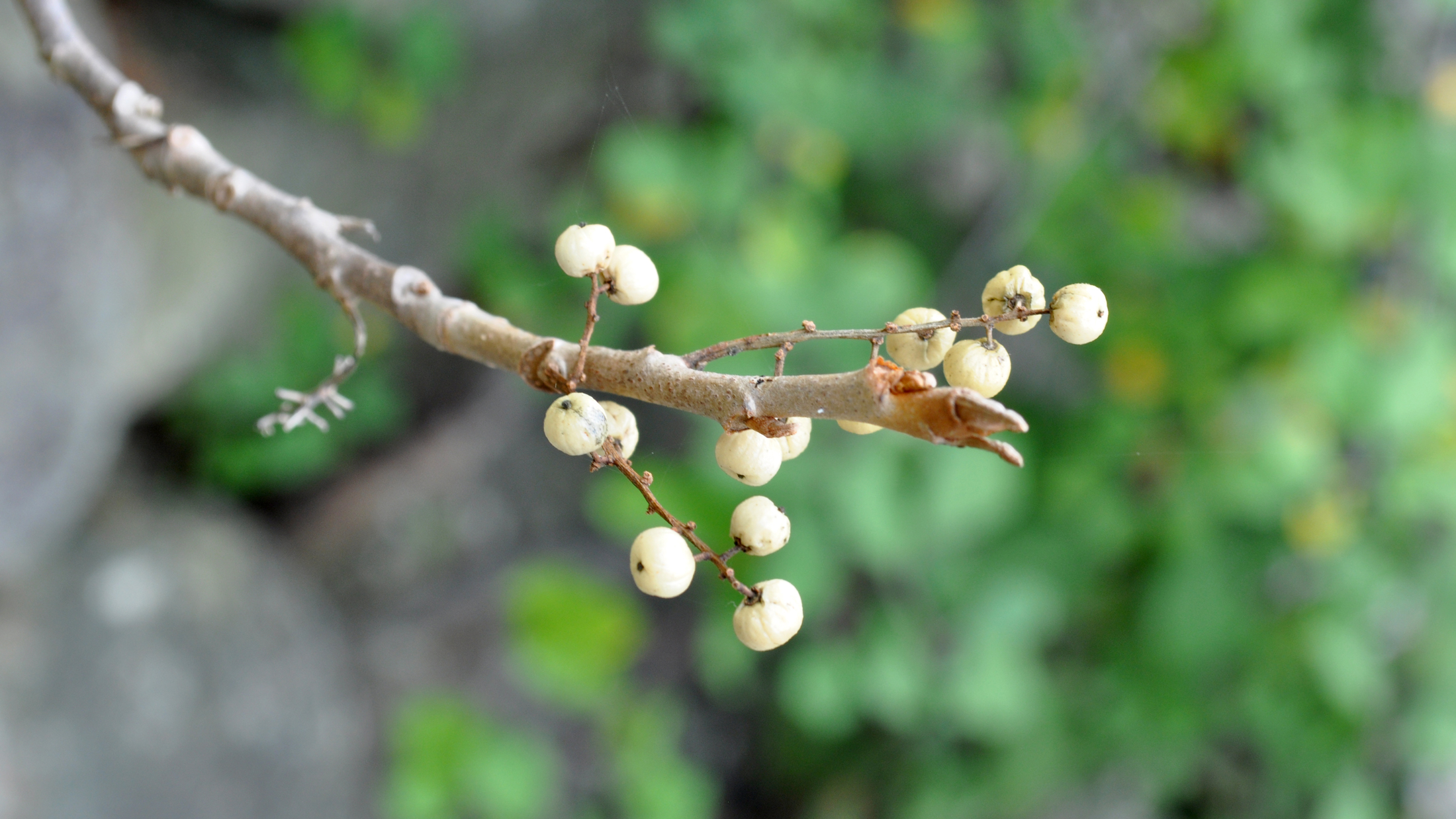
Poison ivy berries. Photo © Lisa Ballard Both mule deer and whitetail deer, who are primarily browsers, seek leafy plants, including poison ivy. According to the South Carolina Department of Natural Resources, birds, including catbirds, chickadees and wild turkeys, sup poison ivy’s smooth, white berries, particularly during the winter when food is scarcer. Black bears, wood rats, raccoons and muskrats also eat the plant’s stems and leaves, and toads hide under it.
Animals may not react to poison ivy, but they can give it to humans. This toxic weed flourishes in open woodlands, especially alongside openings, like footpaths, where it can get sunshine yet not get crushed by hiking boots. If you go hiking with your dog and he romps through a patch of poison ivy, then you pet your dog, your hands pick up the urushiol oil. Until you wash them, any bare skin on your body that you touch can get the rash, and any article of clothing or gear can transfer the itchy toxin to another part of your body or to someone else.
-
Myth #3: If you don’t see three leaves, it’s not poison ivy.
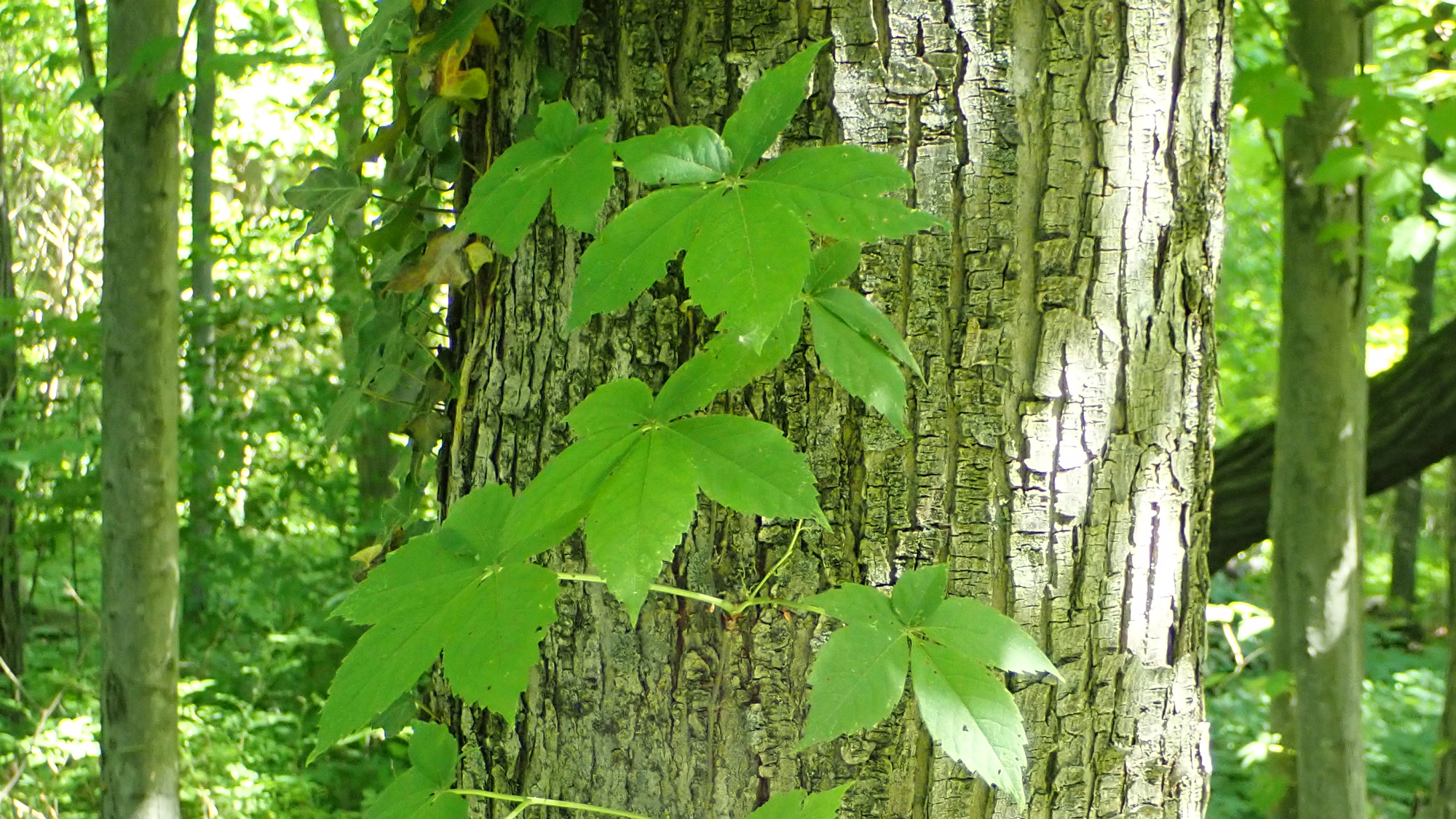
Virginia creeper vine. Photo © Lisa Ballard While the mantra, “leaves of three, let it be”, helps identify poison ivy, which has three toothed, heart- or almond-shaped leaves growing from one point on a stalk, every part of the plant can cause a reaction, including the stems, berries and roots as I inadvertently discovered.
When poison ivy first comes up in the spring, it looks dark red and glossy. The leaves quickly turn the same green as other leaves in a deciduous forest, but if you look closely, there may be tinges of red where the leaves come together. Then, in the fall, they put on a showy display of reds and yellows on par with any maple tree.
This tenacious plant can grow as a stand-alone perennial, shrub, ground cover or vine. As a vine, it sprouts thousands of brown hairs that grasp the bark of its host tree. As it climbs toward the canopy and matures, its stem gets woodier and increases in diameter, up to several inches thick, as if a second tree has grown up hugging the original one.
People often confuse Virginia creeper with poison ivy, but Virginia creeper has five leaves, not three. You don’t want to bathe in Virginia creeper either. Its sap can also cause an annoying rash.
-
Myth #4: I’m not allergic to poison ivy.
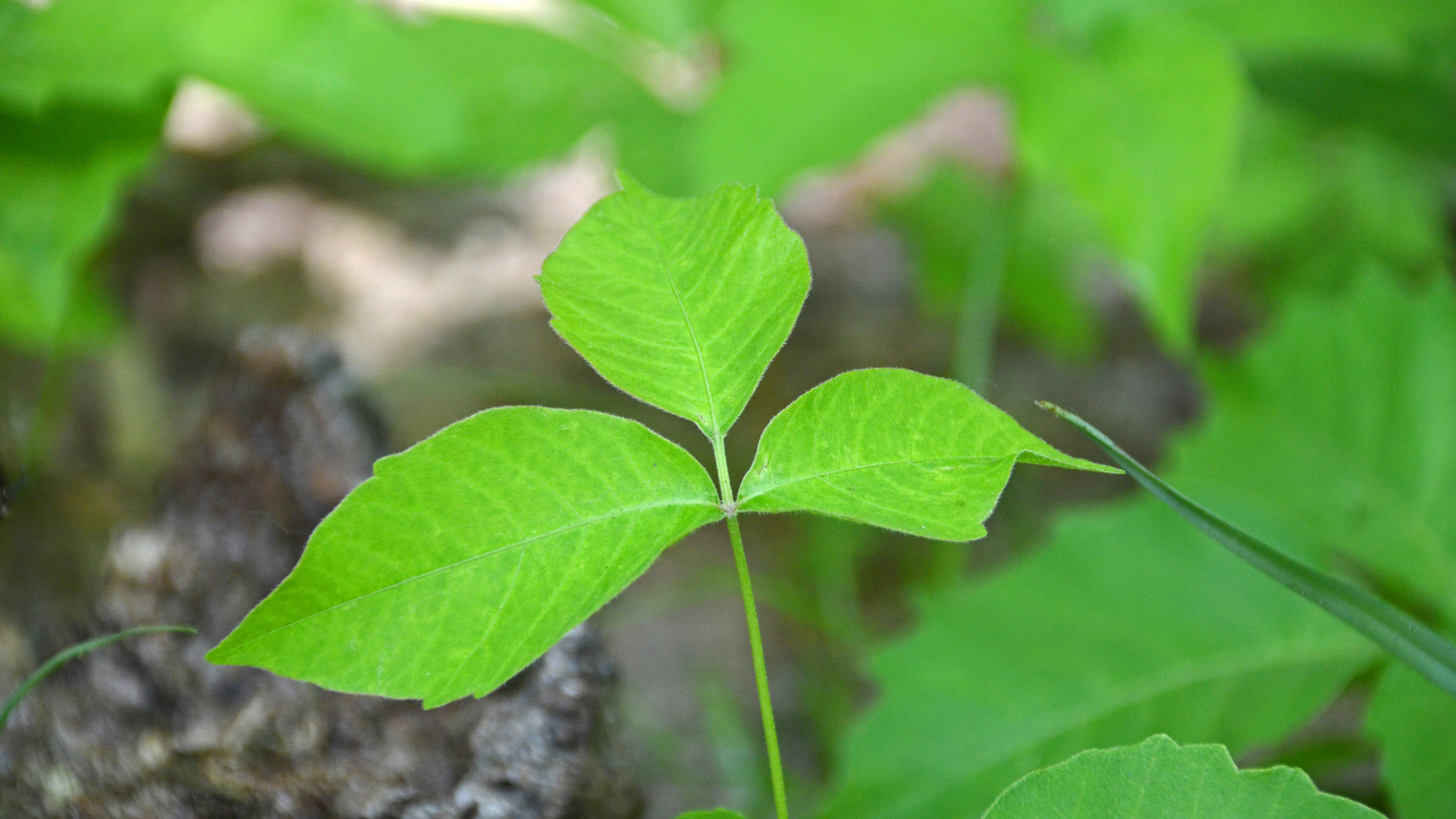
Poison ivy. Photo © Lisa Ballard Don’t kid yourself. According to the American Academy of Dermatology, about 50 million people get the rash each year, making it one of the most-common allergies in the United States.
If you don’t get it the first time you touch it, you will probably get it the second time. Unfortunately, the body doesn’t build immunity. On the contrary, the more times you are exposed to it, the worse the break out. The rash may appear in only a couple of hours on veteran poison ivy sufferers. Among first-timers, it can take up to 10 days.
Urushiol oil binds to the skin in 20 minutes or less, and it’s concentrated stuff. Only one nanogram can trigger the rash. (The average human exposure is around 100 nanograms.) But there’s hope! If you know you’ve touched poison ivy and you immediately wash the exposed area with soap and water, your odds of getting the rash greatly decrease.
If you think a large area of your body may have touched it, take a shower, not a bath. The oil can rise to the top of your bathwater and get on more of your body. If you’re in the backcountry, rinse the area in moving water. Don’t forget to wash your clothes and gear, too.
-
Myth #5: When poison ivy dies, it can’t cause the rash.
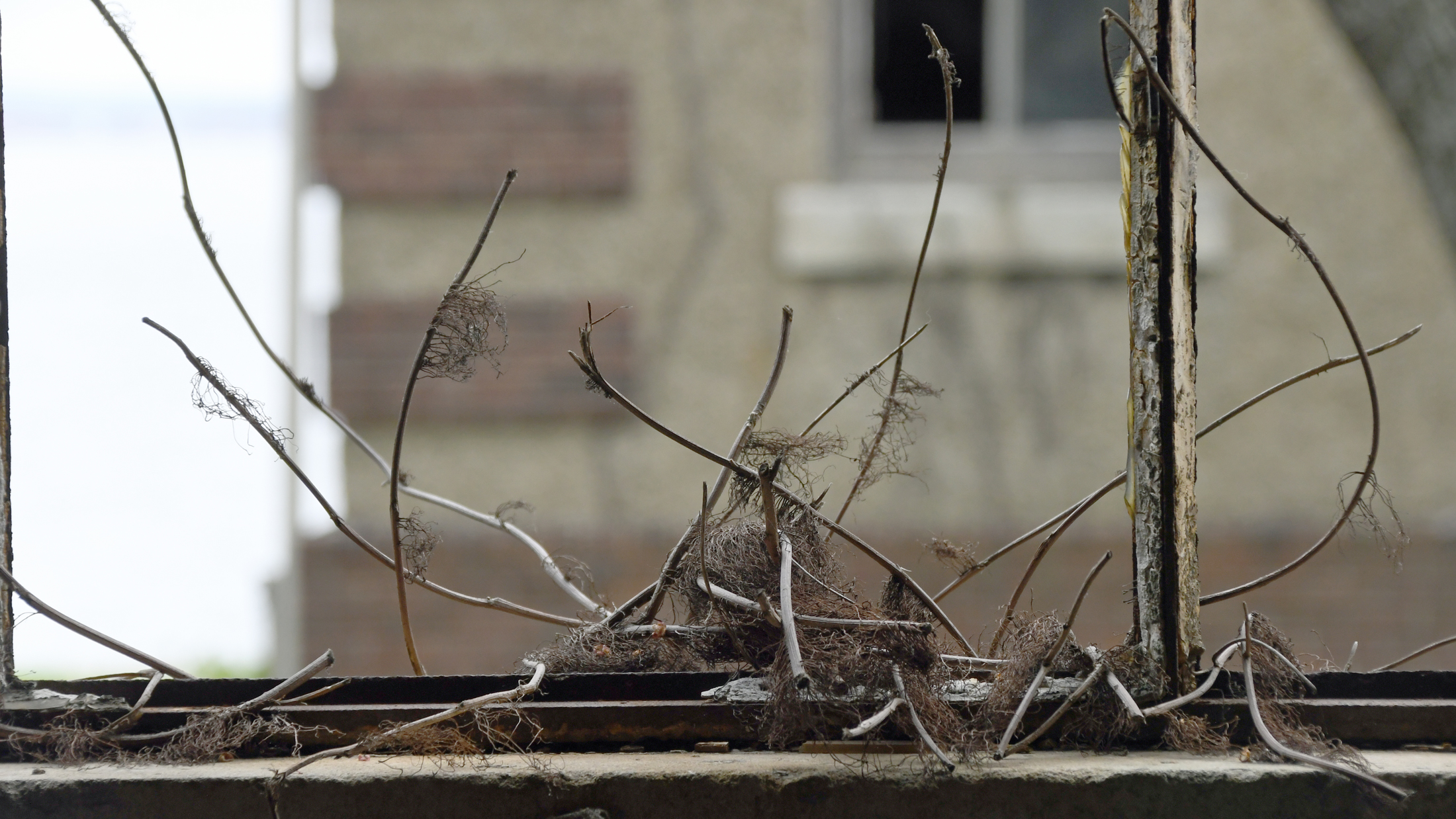
Poison ivy vine on window. Photo © Lisa Ballard Urushiol oil is durable stuff. While the plant won’t produce more of it after it dies, the oil can linger for five or more years. You’ll need a quick trip to the emergency room if you unwittingly burn it in a pile of dead wood, inhaling the smoke, which can carry urushiol oil into your lungs. This nasty toxin can also become airborne from wildfires and lawnmowers.
-
Myth #6: Climate change has no impact on poison ivy.
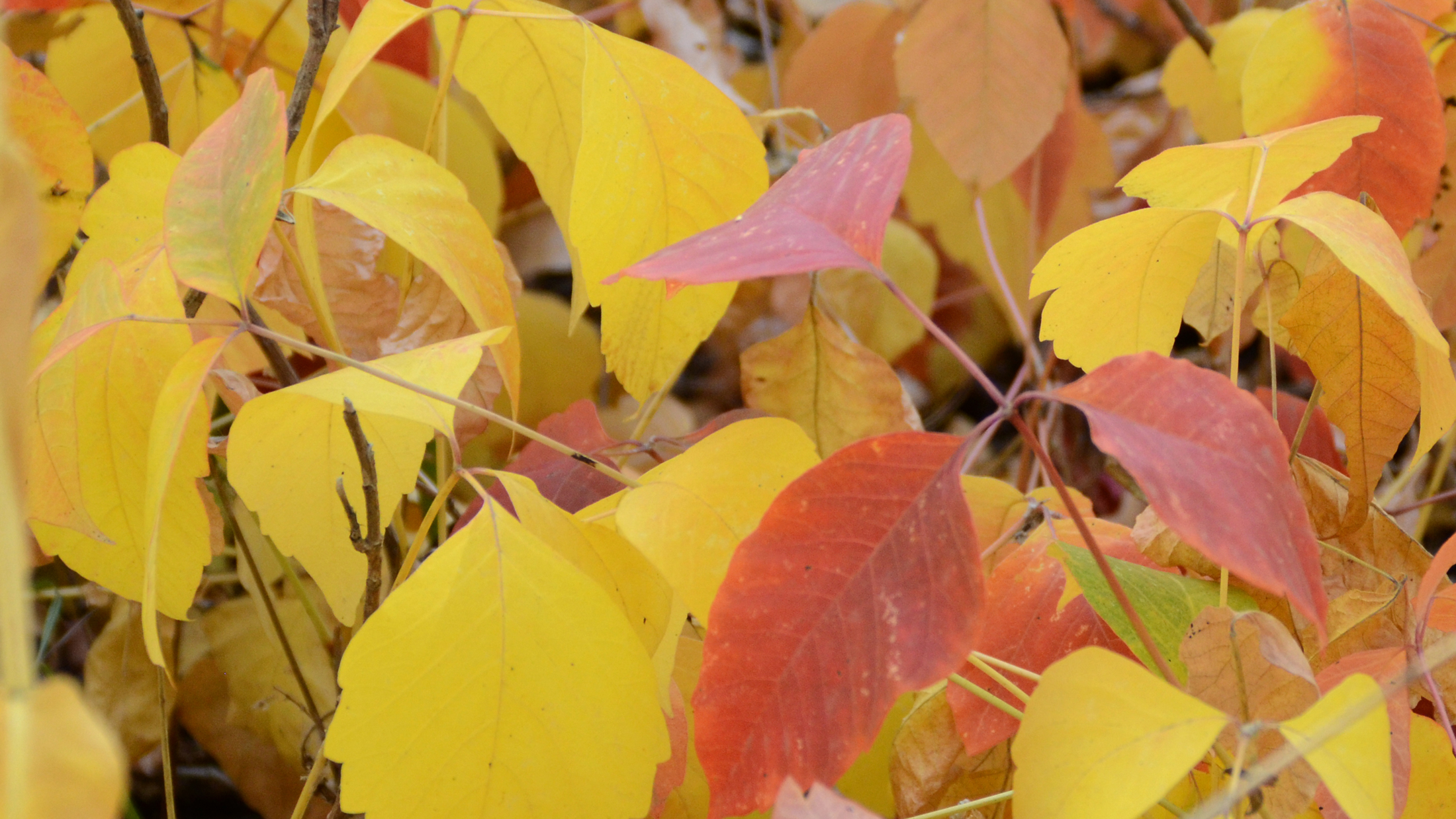
Poison ivy. Photo © Lisa Ballard Historically, backcountry travelers believed they were safe from poison ivy at elevations above 2,500 feet in the East and 4,000 feet in the West, and in desert climates. However, I live at 5,500 feet in the Beartooth Mountains near Yellowstone National Park and see it when I hike. I’ve also seen it in the arid Grand Canyon after a rare, heavy rain storm caused dormant poison ivy to emerge on sandbars.
Poison ivy is creeping higher and drier, but perhaps more unsettling is the fact that it’s getting more potent. According to a 2006 study published by the U.S. Department of Agriculture in Proceedings of the National Academy of Sciences, poison ivy leaves are increasing in size and are coated with more and stronger urushiol oil as levels of carbon dioxide increase globally.
I don’t mean to be an alarmist, just more observant. Whether doing yard work, jogging down a country lane or trekking in the mountains, you can bet I’ll be checking the flora before blithely blundering through it.




Join the Discussion